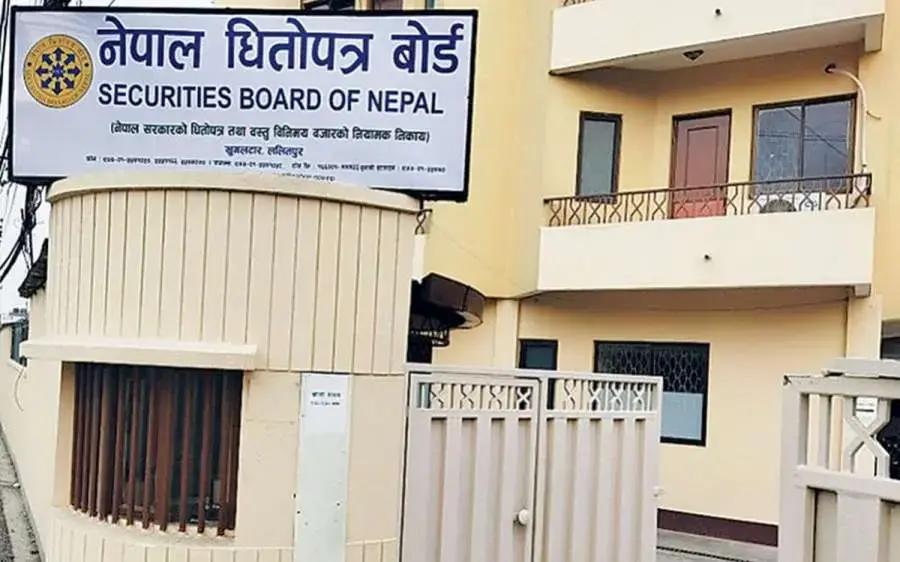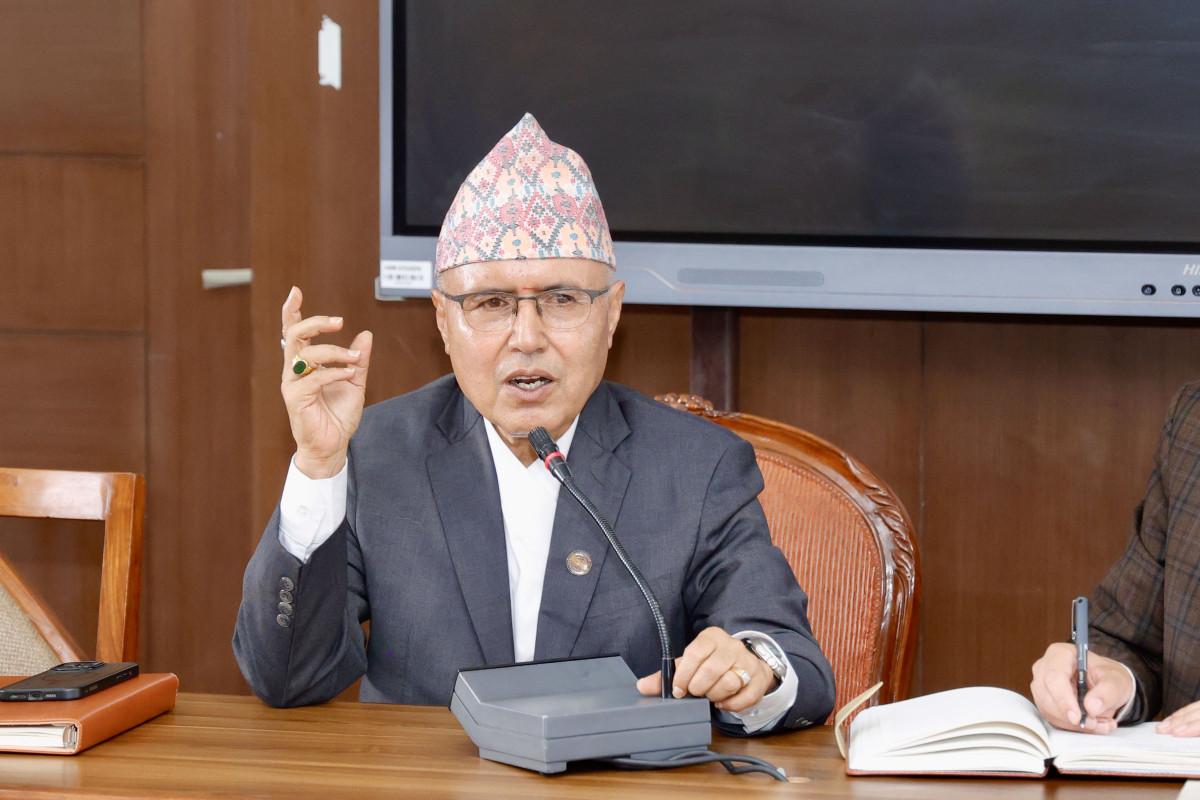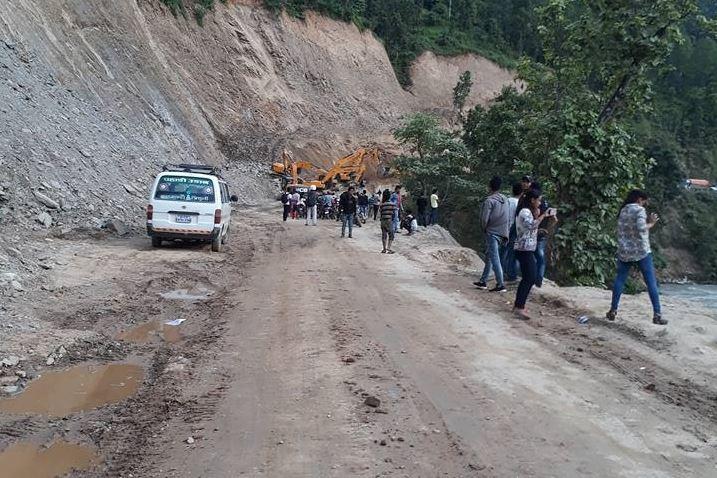By Sandeep Chaudhary
Statutory Liquidity Reserve (SLR) Requirements for Banks, Development Banks, and Finance Companies in Nepal

The Statutory Liquidity Reserve (SLR) is a critical regulatory requirement set by the Nepal Rastra Bank (NRB) to ensure that banks, development banks, and finance companies maintain adequate liquidity and financial stability. SLR mandates that these institutions hold a specific percentage of their Net Demand and Time Liabilities (NDTL) in liquid assets such as cash and government securities.
Minimum SLR Requirements
According to NRB guidelines, the minimum SLR requirements are as follows:
Commercial Banks: 10% of NDTL
Development Banks: 8% of NDTL
Finance Companies: 7% of NDTL
These requirements ensure that financial institutions have sufficient liquidity to meet withdrawal demands and other short-term obligations, thereby promoting confidence among depositors and maintaining the overall stability of the financial system.
The formula to calculate the SLR is:

This formula highlights the importance of maintaining a sufficient buffer of liquid assets relative to the total demand and time liabilities, ensuring that banks can manage liquidity risks effectively.
Maintaining the minimum SLR as per NRB guidelines is crucial for several reasons. Firstly, it ensures that financial institutions have enough liquidity to meet short-term demands, reducing the risk of a liquidity crunch. Secondly, it helps institutions comply with regulatory standards, avoiding penalties and enhancing depositor confidence. Thirdly, it promotes sound risk management practices, ensuring that banks and financial institutions can navigate financial uncertainties effectively. Lastly, by regulating the amount of funds available for lending, SLR helps in controlling the expansion of credit, contributing to the overall stability of the financial sector.
In conclusion, the Statutory Liquidity Reserve (SLR) is an essential regulatory measure that ensures the liquidity and stability of banks, development banks, and finance companies. By adhering to NRB guidelines and maintaining the required SLR, financial institutions can effectively manage liquidity risks, comply with regulatory standards, and promote depositor confidence, thereby contributing to the overall health and resilience of the financial sector.









